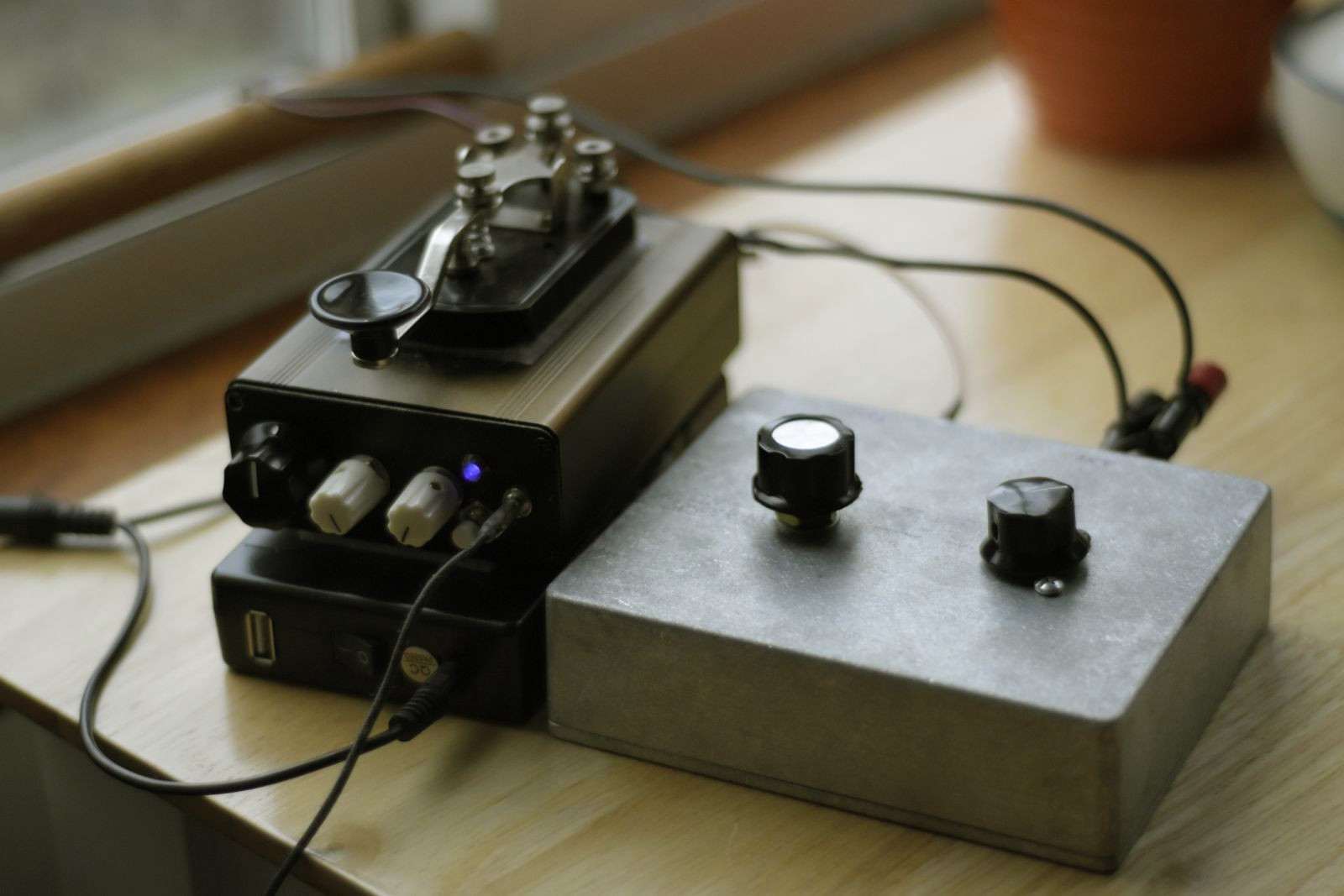Tag: 40m
-

Portable 40m Direct-conversion Transceiver Design
Having finished my master’s degree over a year ago now, I’ve started to see my thesis show up on various academic web sites. I decided I should probably link it on this site in the event that anyone is interested in building and/or designing their own QRP mono-band radio. Additionally, I’ve been doing some more…
-
7MHz Transmitter with AVR Soft-keyer
In my last post, I went over the design of a Colpitts crystal oscillator design that put out a moderately clean 7 MHz signal. In order to match the output impedance to 50 Ω, an NPN feedback pair (at least that’s what I’m calling it) was designed. While meeting the specs for driving an ADE-1…
-
7MHz Crystal Oscillator Design
After constructing a 40m wire dipole that works with my SDR setup, I needed to start working on a transmission system. At the heart of virtually any RF system lies a stable oscillator, and crystal oscillators are ubiquitous in many low-power (QRP) rigs simply because they are so stable. After some rough math and a…
-
Testing a 40m Wire Dipole on Mt. Hood
Here’s a quick video showing how I deployed a DIY 40m dipole antenna on Mt. Hood a while back. Though not the most interesting video, I think it shows the results pretty well. I used an AirSpy HF+ supplied by KK7B for a project I’m working on. A Panasonic Toughbook CF-30 helped stave off the…